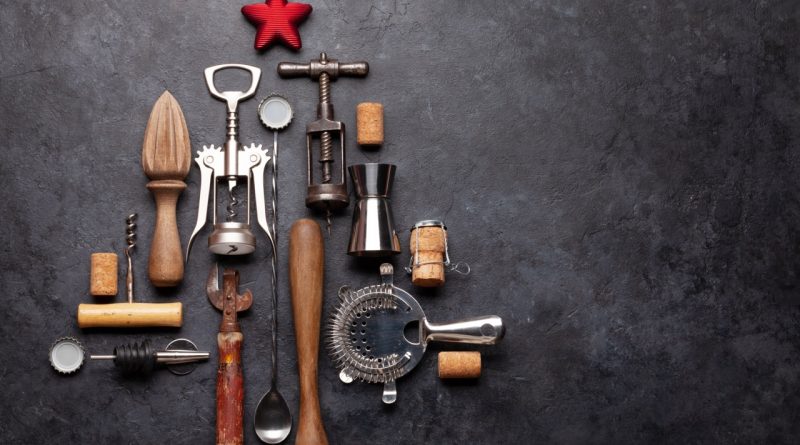Zwilling’s Approach To Heat Distribution Science
In the culinary world, the effectiveness of heat distribution can dramatically influence the outcome of a dish. Zwilling, a renowned brand in kitchenware, has dedicated itself to mastering the science of heat distribution in its products. By understanding how heat interacts with various materials, Zwilling not only enhances cooking performance but also ensures that the flavors and textures of food are perfected. This article delves into Zwilling’s innovative approach to heat distribution, exploring the underlying science, practical tips for users, and real-world applications in the kitchen.
Understanding Heat Distribution in Cooking Tools
Heat distribution refers to how evenly heat is spread across a cooking surface. Ineffective heat distribution can lead to uneven cooking, resulting in burnt spots and undercooked areas. In professional kitchens, the ability to control heat is paramount; it can mean the difference between a well-executed dish and a culinary disaster. Zwilling understands this principle, and its products are designed to provide consistent and reliable heat distribution.
The concept of heat distribution is rooted in thermodynamics, which studies heat transfer and its effects on matter. When a cooking tool is heated, the heat travels through the material and is absorbed by the food. If the heat is unevenly distributed, some parts of the food may cook faster than others. Zwilling’s commitment to quality ensures that its cookware is engineered to minimize these discrepancies, allowing chefs to focus on their culinary creations without worrying about temperature control.
Zwilling employs various techniques and technologies to enhance heat distribution, such as multi-layer construction in their cookware. This innovative approach allows for better heat retention and even cooking, making them ideal for a wide range of cooking styles. Understanding these principles can empower home cooks and professionals alike to make informed choices when selecting their kitchen tools.
The Science Behind Zwilling’s Innovative Materials
Zwilling’s dedication to using advanced materials has positioned it as a leader in the kitchenware industry. The company utilizes high-quality stainless steel, aluminum, and other composite materials that possess excellent thermal conductivity. For instance, aluminum is known for its ability to distribute heat evenly, while stainless steel offers durability and resistance to warping over time.
Each material is chosen not only for its heat distribution capabilities but also for its compatibility with various cooking methods. Zwilling’s cookware often features a core of aluminum sandwiched between layers of stainless steel, promoting rapid heat absorption and uniform distribution. This layered construction helps to eliminate hot spots and ensures that every inch of the cooking surface is utilized efficiently.
Moreover, Zwilling continuously invests in research and development to innovate new materials and techniques. By collaborating with scientists and culinary experts, the brand remains at the forefront of heat distribution science, ensuring that its products are not only functional but also designed to enhance the cooking experience.
Practical Tips for Maximizing Heat Efficiency
To make the most of Zwilling’s expertly designed cookware, users can adopt specific practices that enhance heat efficiency. First and foremost, preheating the cookware appropriately can significantly improve cooking results. Allowing the pan to reach the desired temperature before adding food ensures that ingredients sear properly, locking in flavors and moisture.
Another tip is to use the right size burner for your cookware. A small burner under a large pan can lead to uneven heating, while a matching burner size helps distribute heat evenly across the surface. This not only enhances cooking performance but also saves energy, making the process more efficient overall.
Lastly, consider the type of food being cooked. Foods with high moisture content, such as vegetables, can benefit from lower heat settings that allow for gentle cooking, while proteins may require higher heat to achieve a good sear. Adjusting cooking techniques based on the food type can further optimize heat distribution and improve the final dish.
Real-World Applications of Heat Distribution Techniques
In professional kitchens, chefs rely heavily on precise heat distribution for perfect results. Zwilling’s cookware is frequently found in high-end restaurants, where chefs demand tools that can deliver consistent performance. For instance, sautéing vegetables requires even heat to ensure they cook through without burning. With Zwilling’s technology, chefs can achieve that perfect balance, enhancing both flavor and presentation.
Home cooks can also benefit from Zwilling’s heat distribution techniques. For example, when baking, the choice of cookware can impact the rise and texture of baked goods. Zwilling’s baking trays and pans are designed to provide even heat, preventing common issues like uneven browning or undercooked centers. This level of precision can elevate home baking to a professional level.
Additionally, Zwilling’s commitment to sustainability means that their products are designed to last, which further maximizes value. When users invest in high-quality cookware that excels in heat distribution, they not only improve their cooking outcomes but also reduce the need for frequent replacements, promoting a more sustainable kitchen environment.
Zwilling’s innovative approach to heat distribution science plays a crucial role in the culinary world. By understanding the principles of heat transfer and employing advanced materials and techniques, Zwilling provides both professional chefs and home cooks with tools that enhance cooking efficiency and quality. By implementing practical tips and leveraging real-world applications, users can maximize their cooking potential and enjoy the art of culinary creation, knowing they have the right tools at their disposal.
